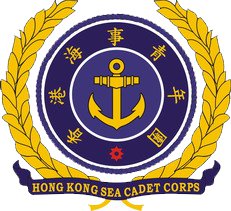| Hong Kong Sea Cadet Corps | |
|---|---|
 Hong Kong Sea Cadet Corps badge | |
| Founded | 16 February 1968 |
| Country | |
| Allegiance | |
| Type | Maritime youth charity |
| Size | 1800 Cadets and Adult Staff |
| Headquarters | Diamond Hill, Kowloon |
| Website | http://www.seacadet.org.hk |
| Commanders | |
| Captain | Terence Chow |
| Commander | Ponthey Yip |
| Commander | Leo WONG Cheuk Wai |
Hong Kong Sea Cadet Corps is a youth organization based in Hong Kong and formed in 1968 by former Royal Naval Reserve officers by the creation of Hong Kong Law (Hong Kong Sea Cadet Corps Ordinance) [1]
Contents
The HKSCC was linked to British Armed Forces' Combined Cadet Force and Sea Cadet Corps. Since the handover in 1997, the HKSCC is mostly a government funded organization and does not have any official links to the People's Liberation Army Navy. It also receives financial support from Hong Kong Jockey Club and The Community Chest of Hong Kong.
Based at Diamond Hill, Kowloon, the 1800-strong HKSCC has 32 training units and two nautical centres (Stanley Bay and Sai Kung).













